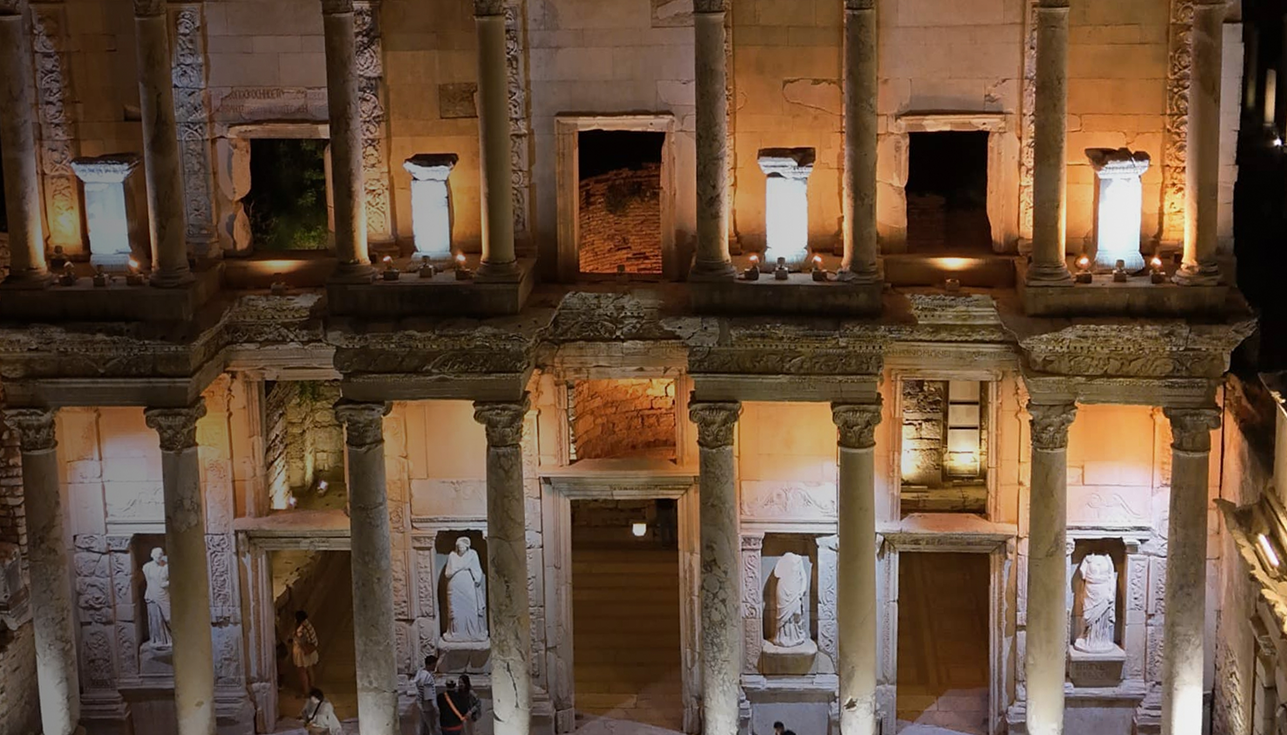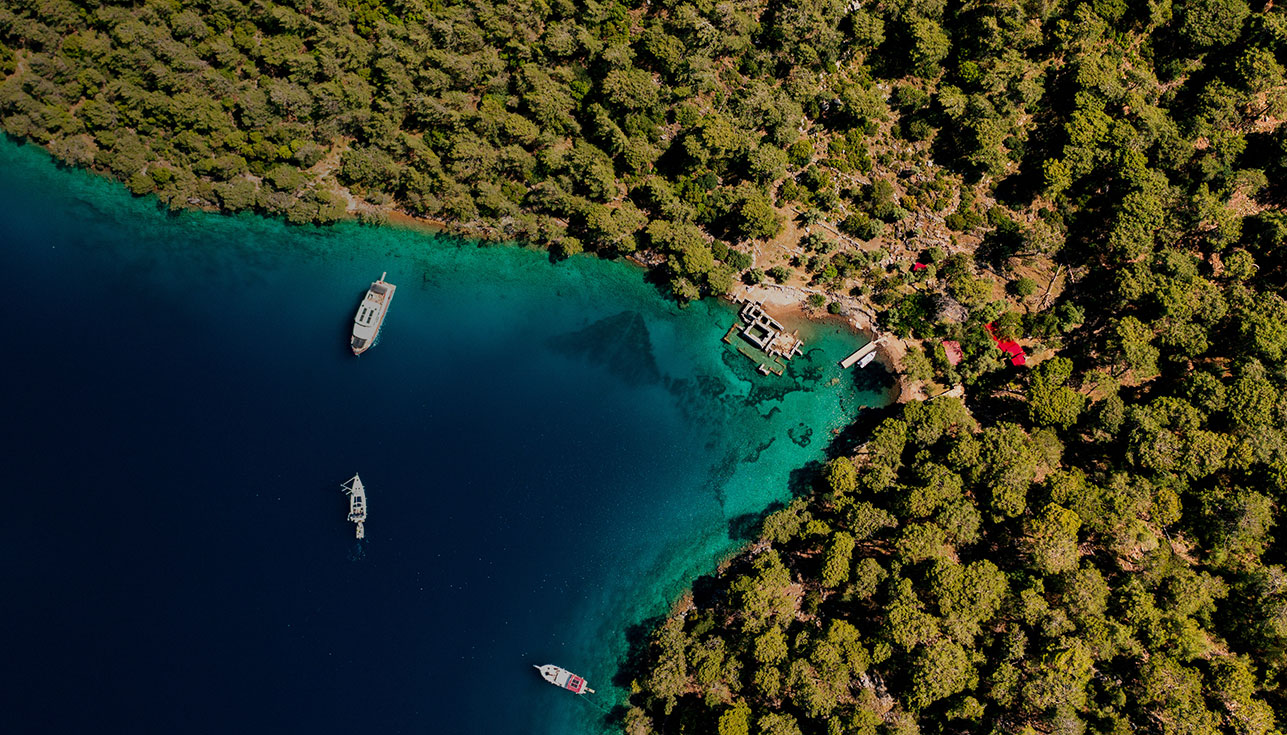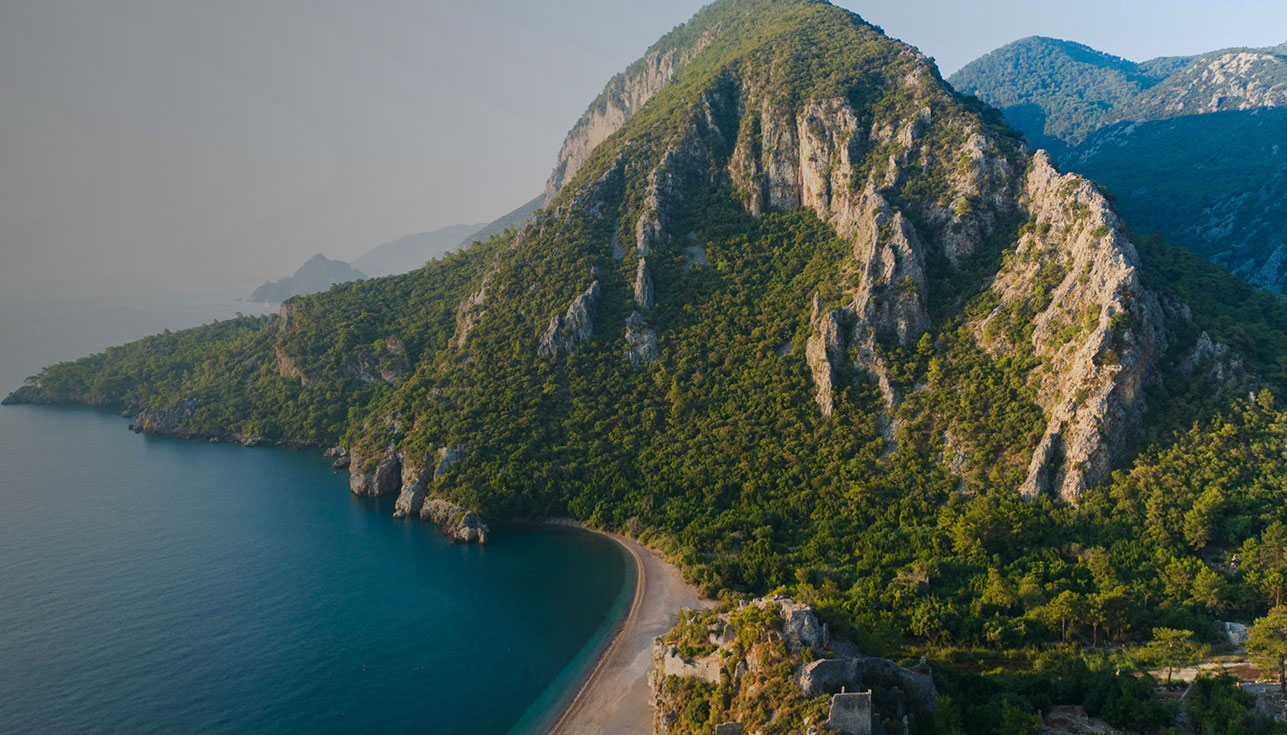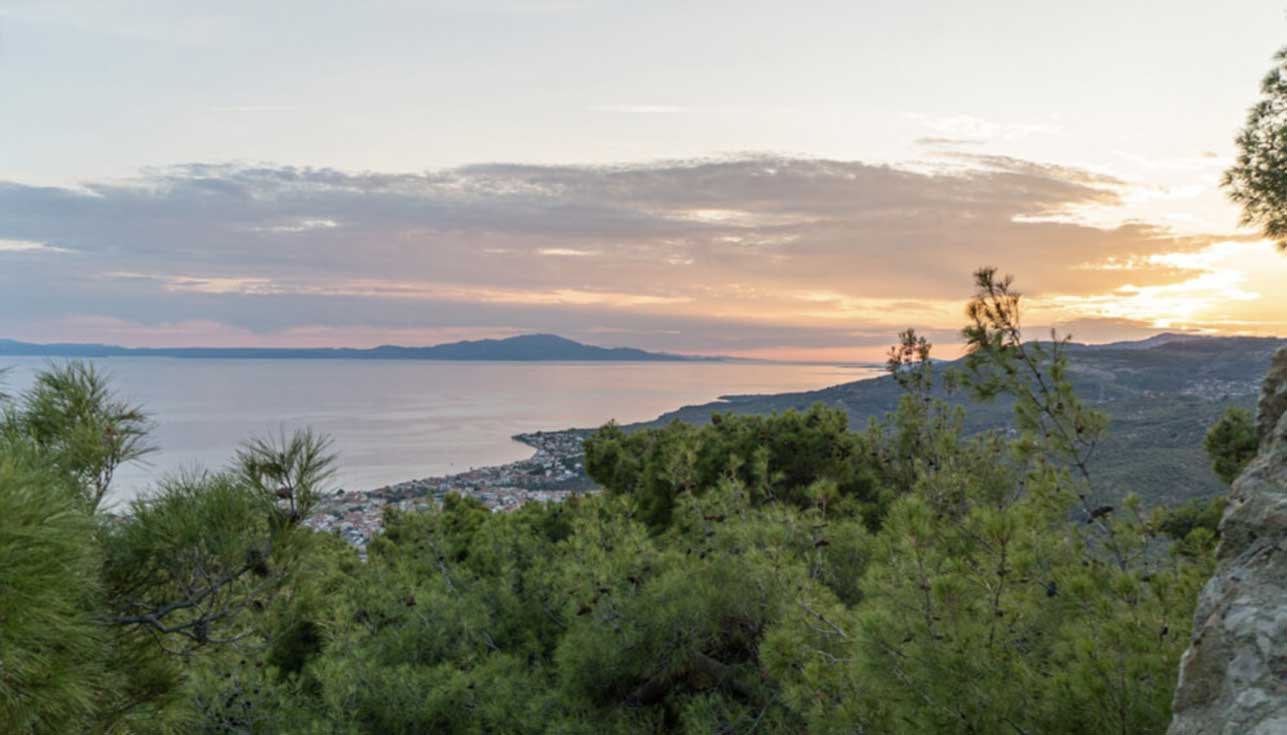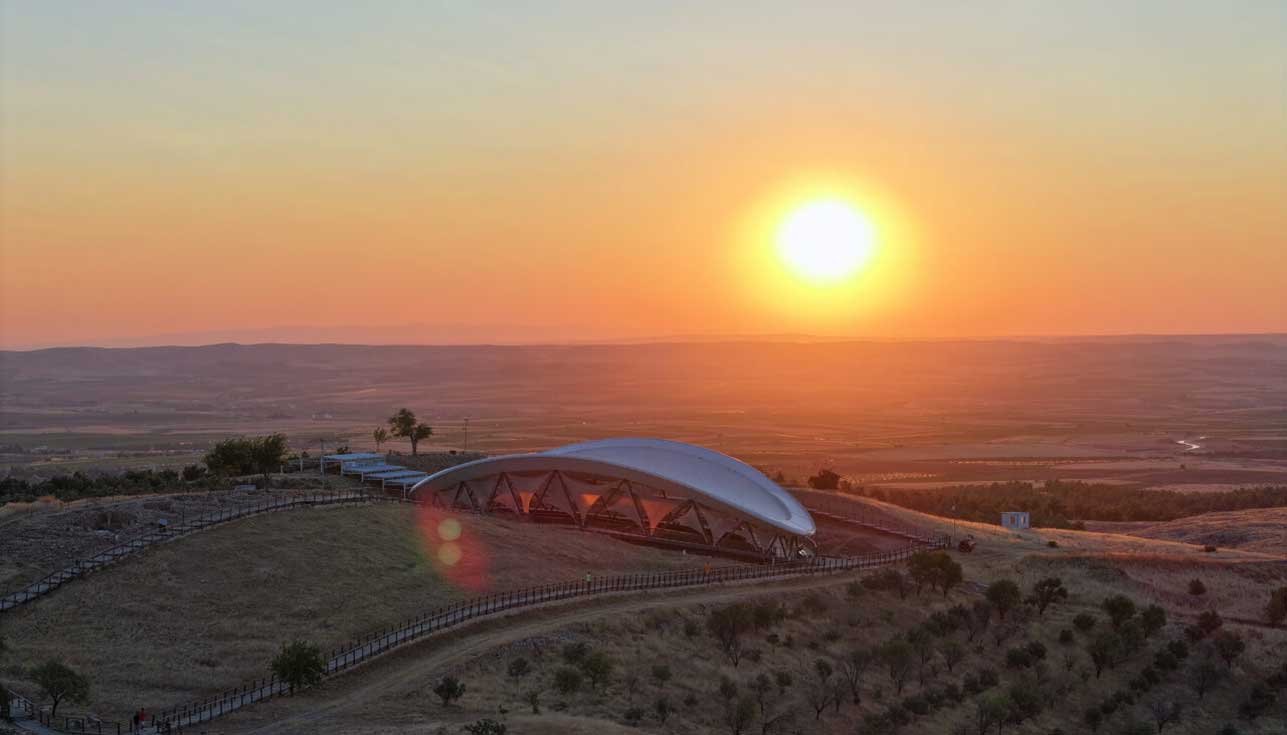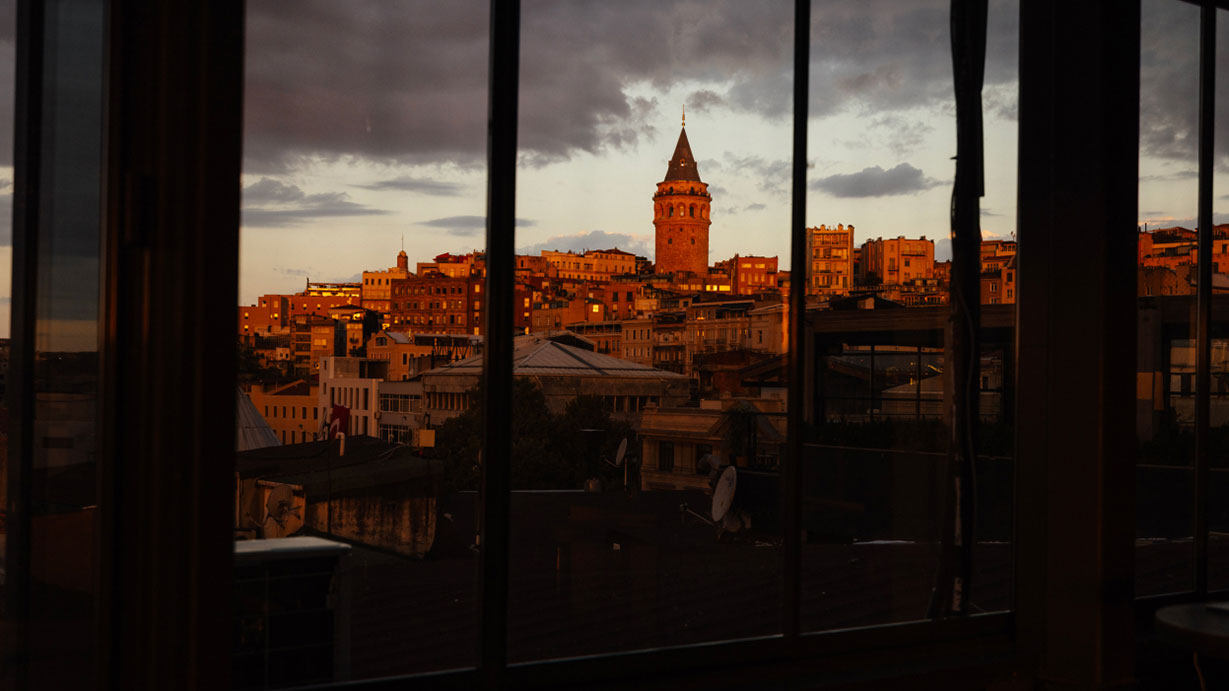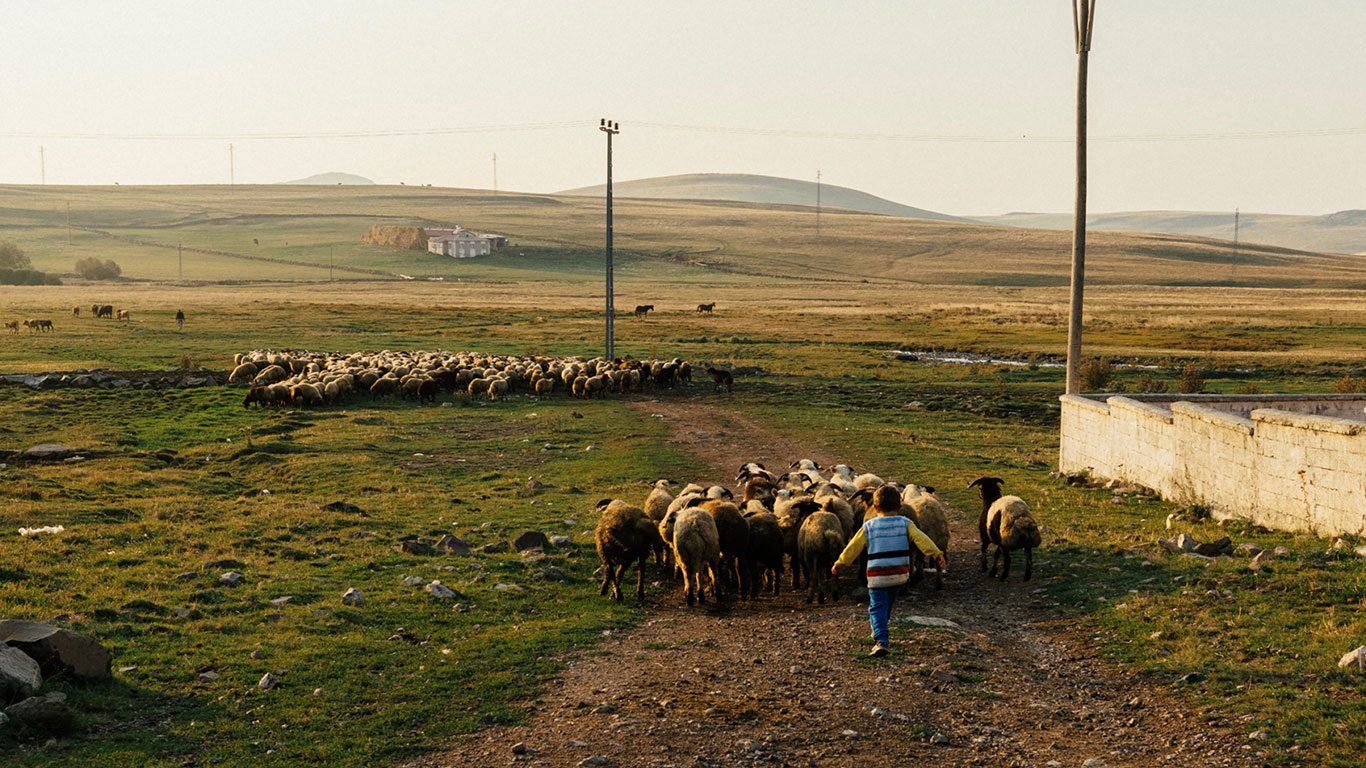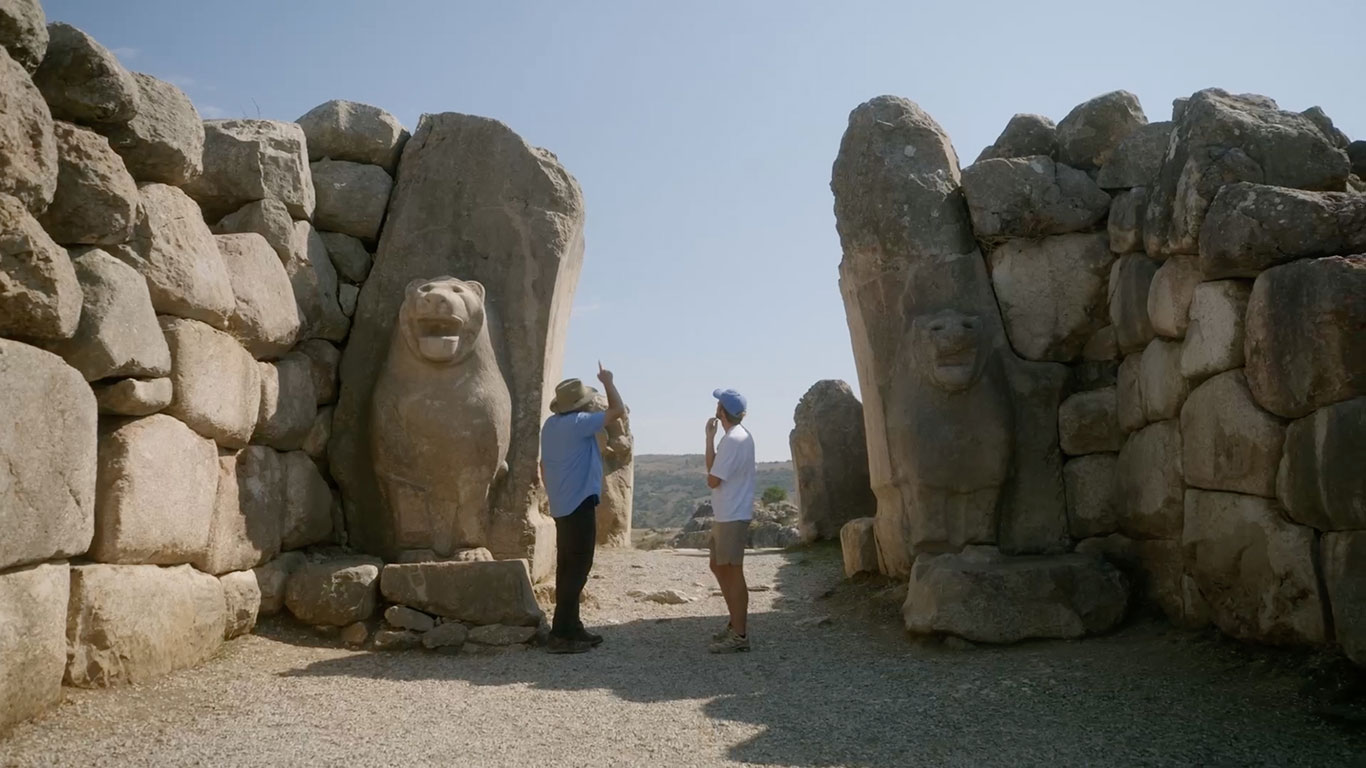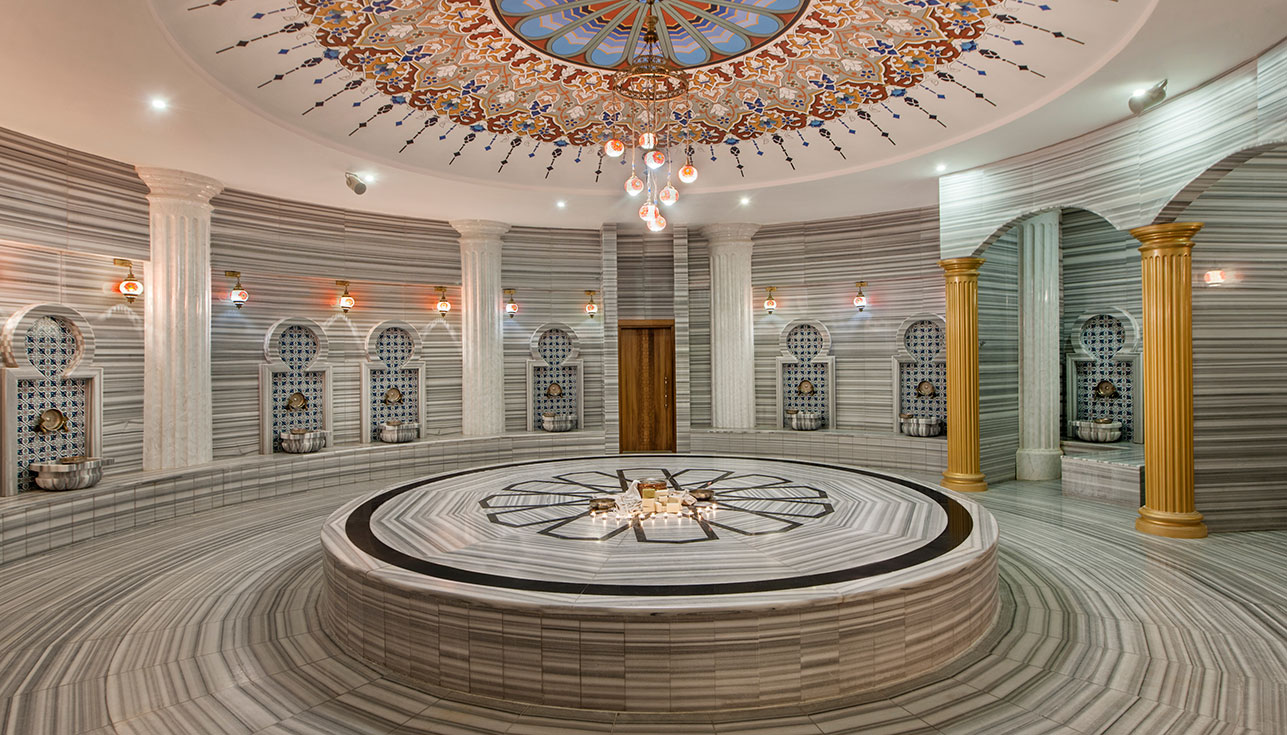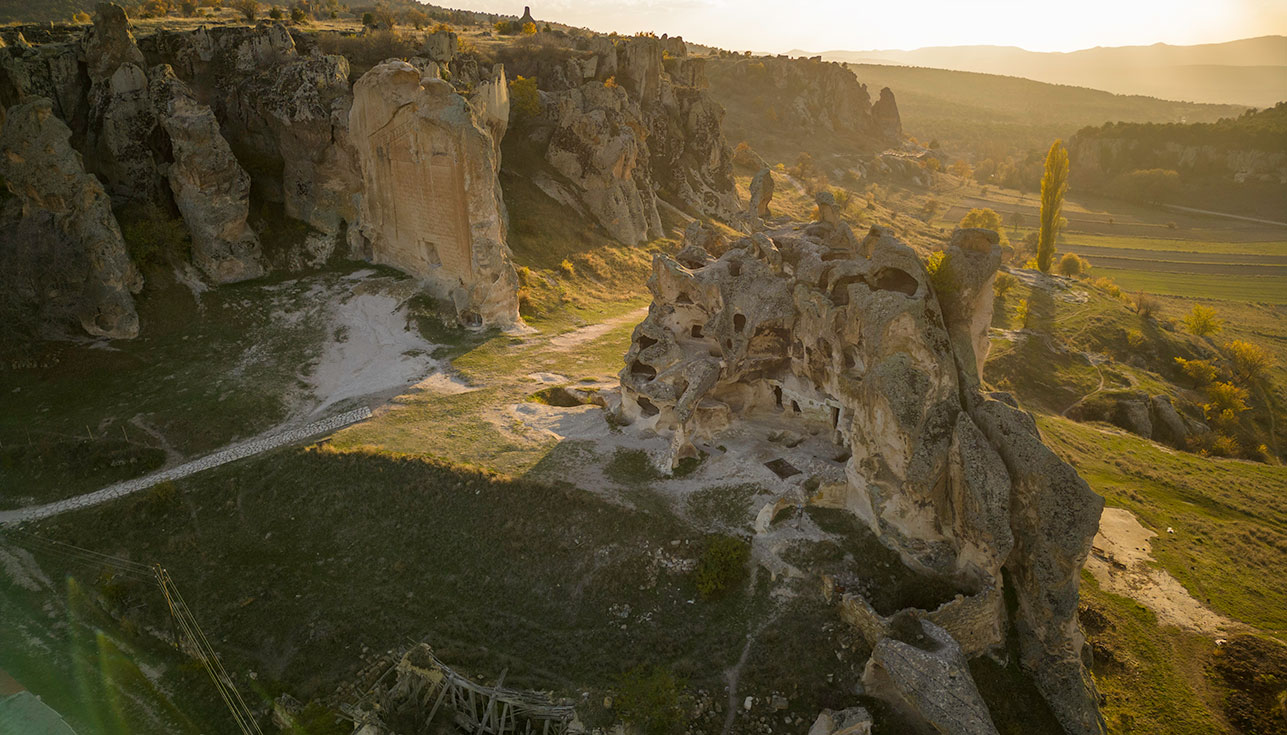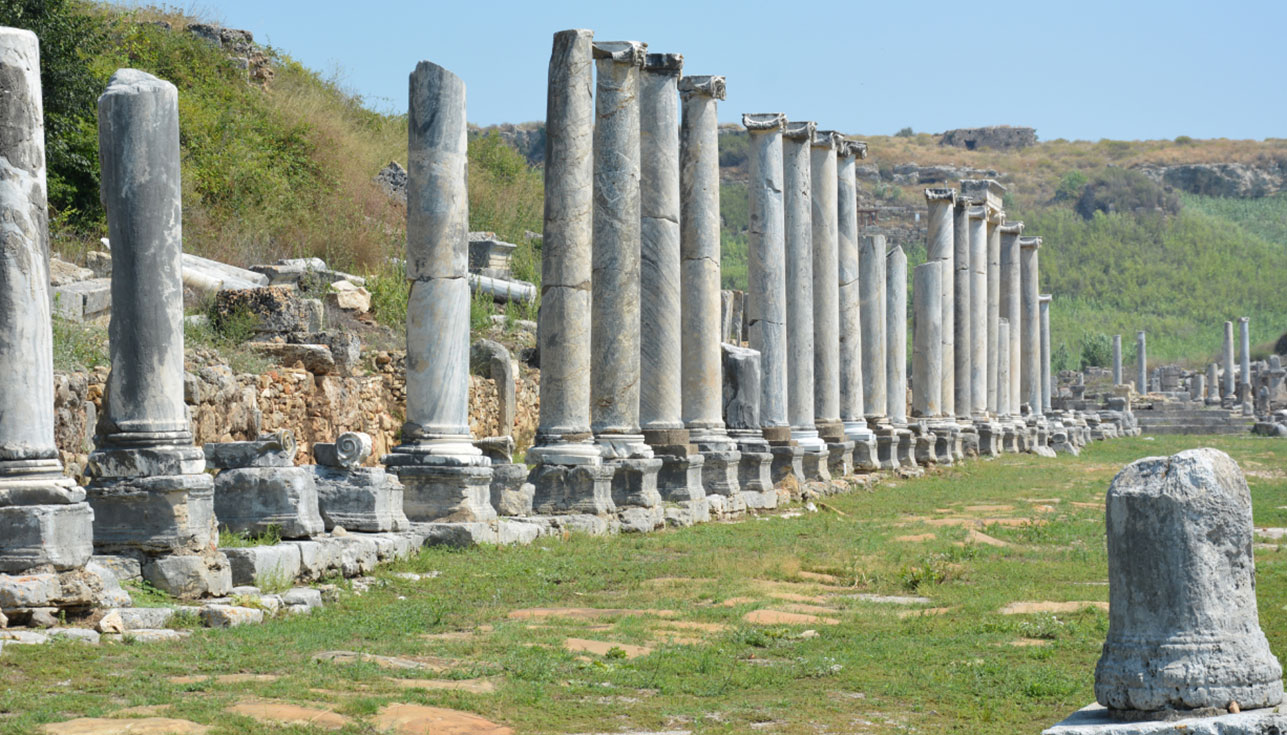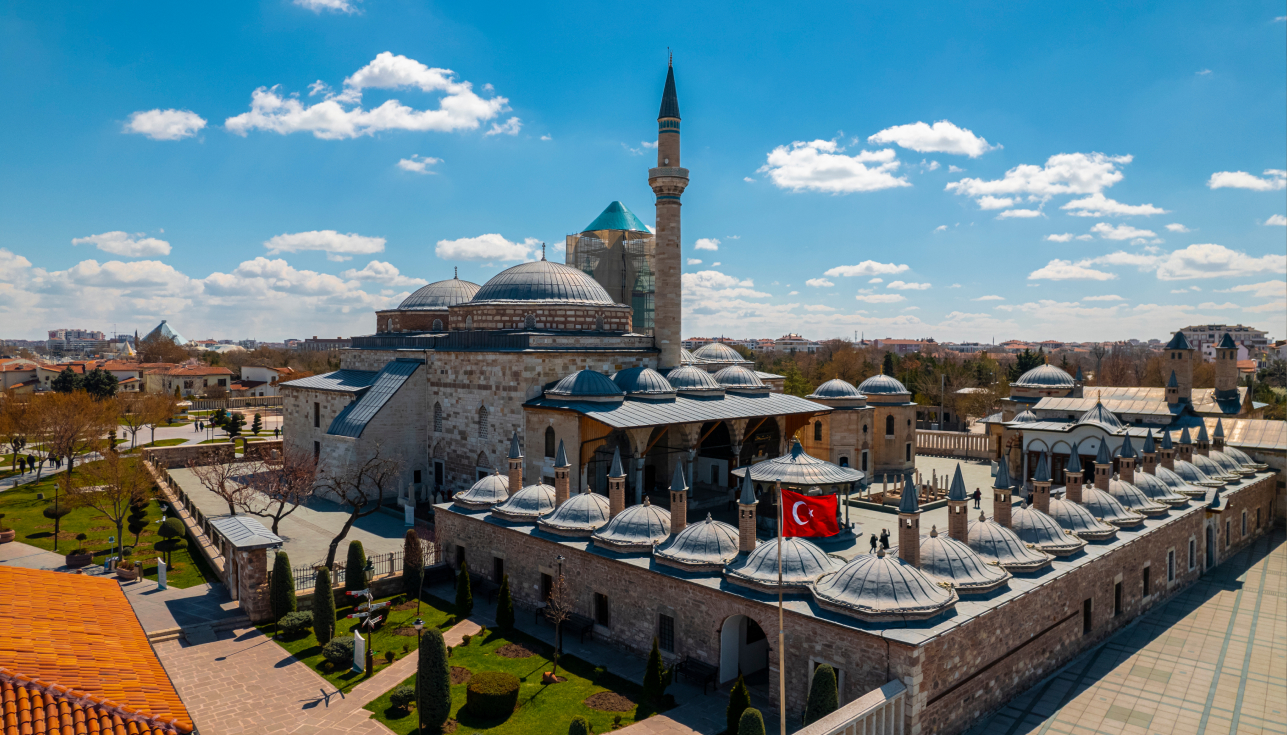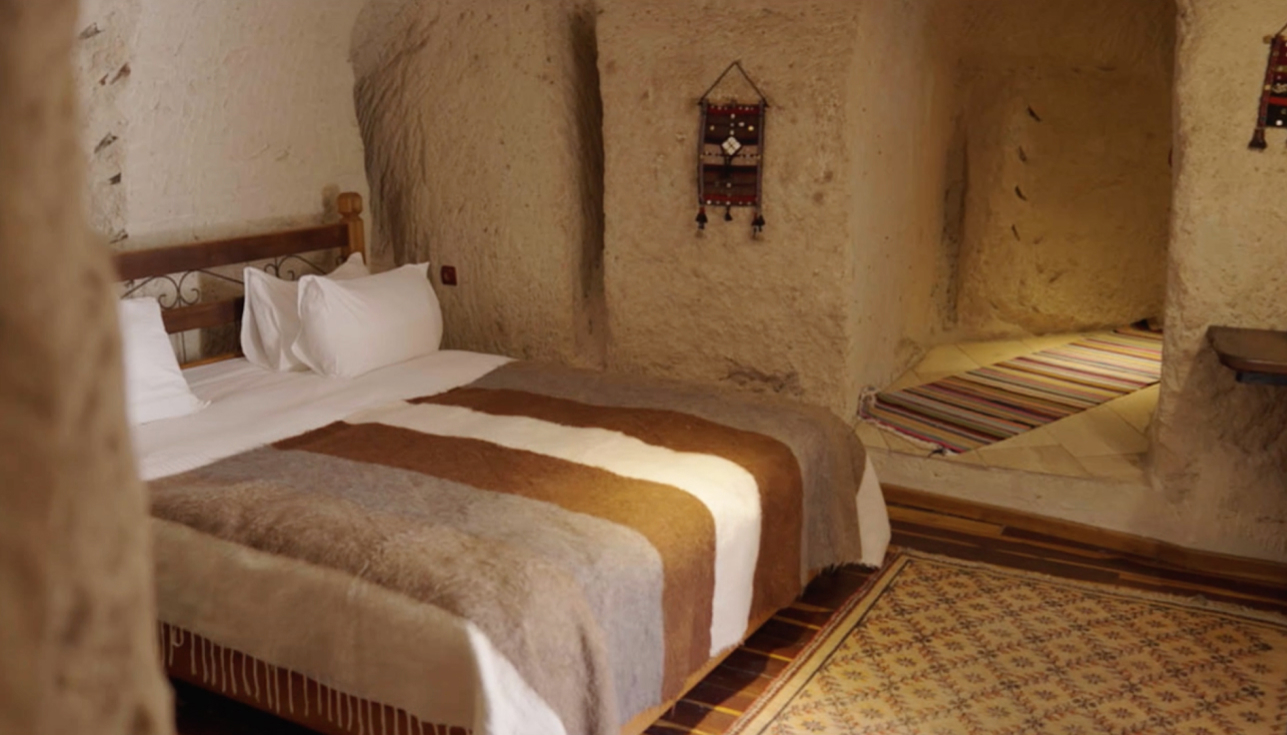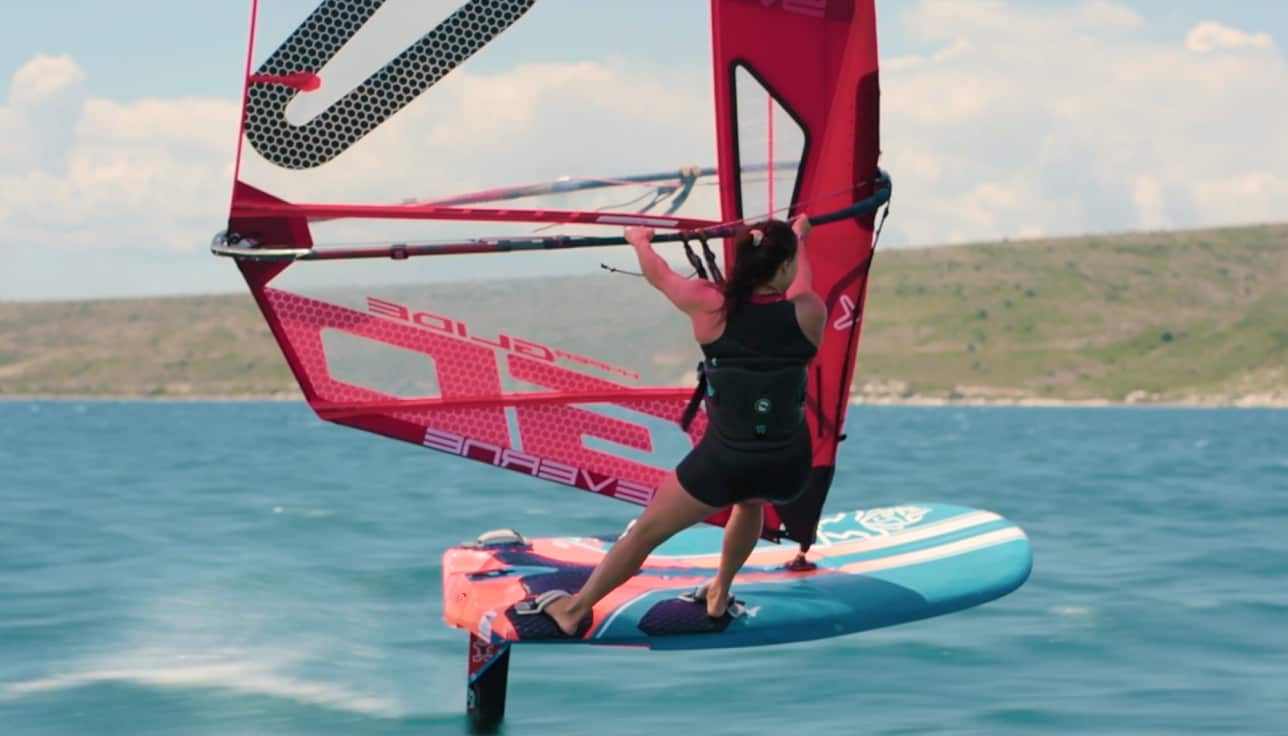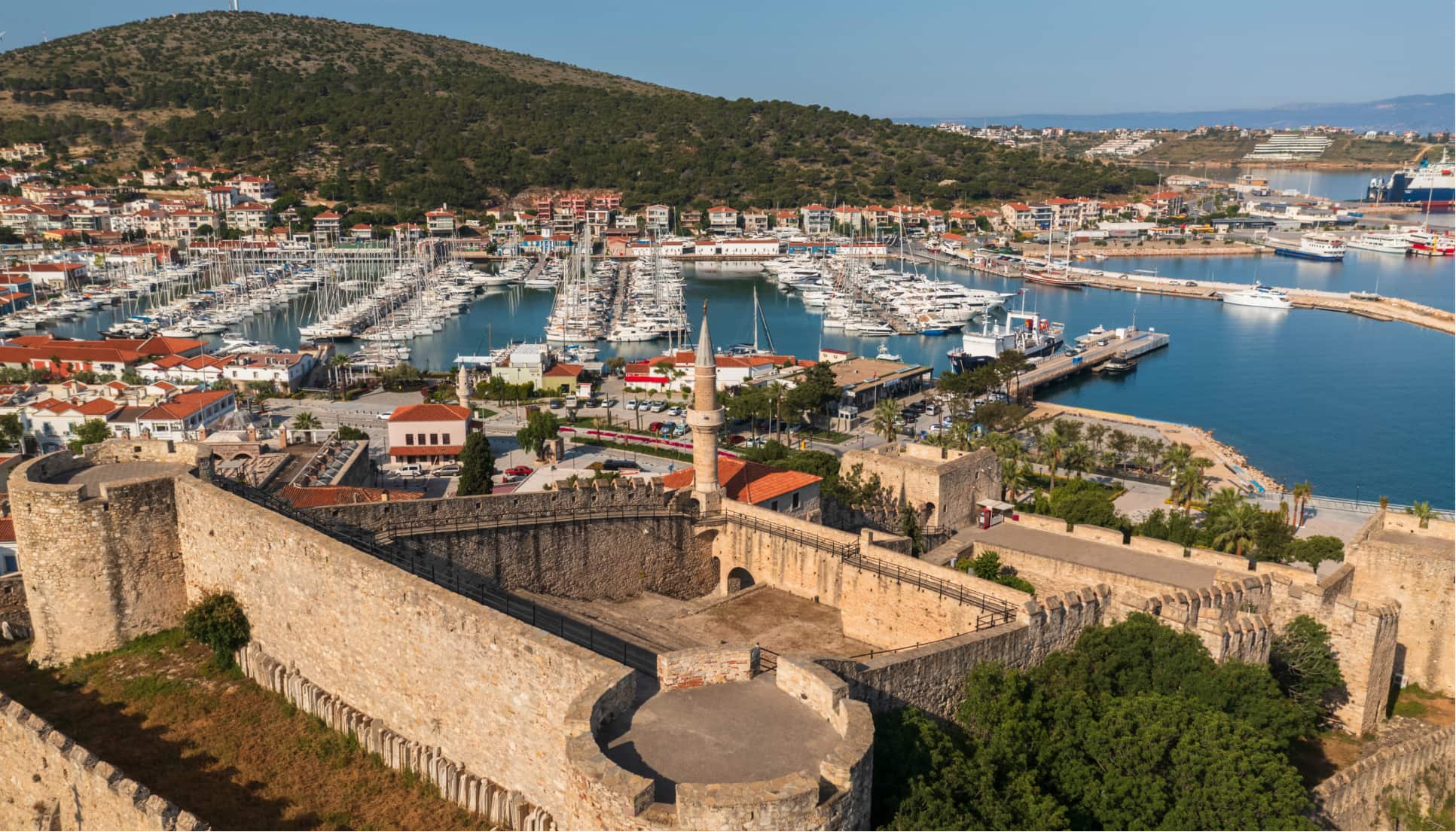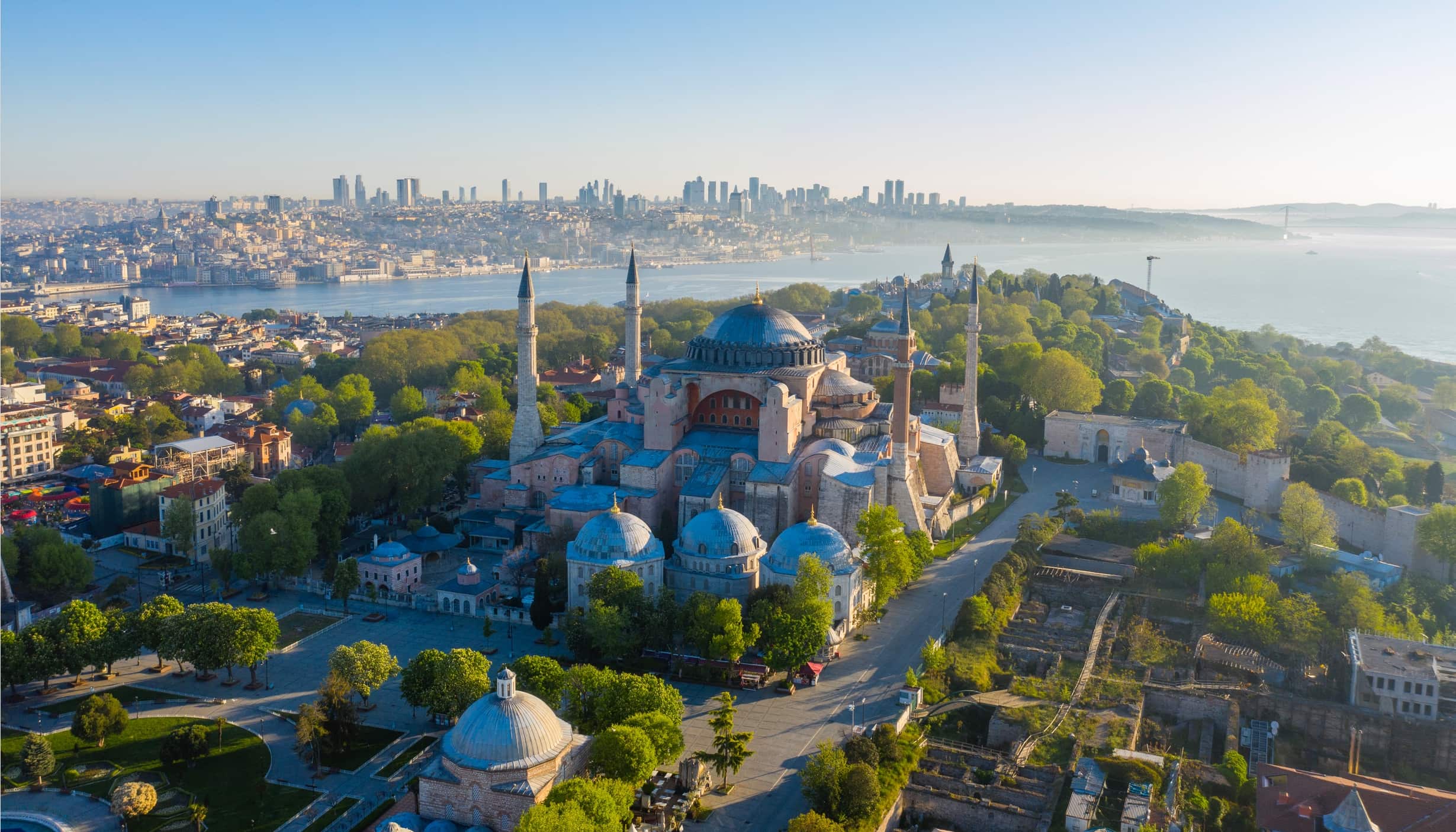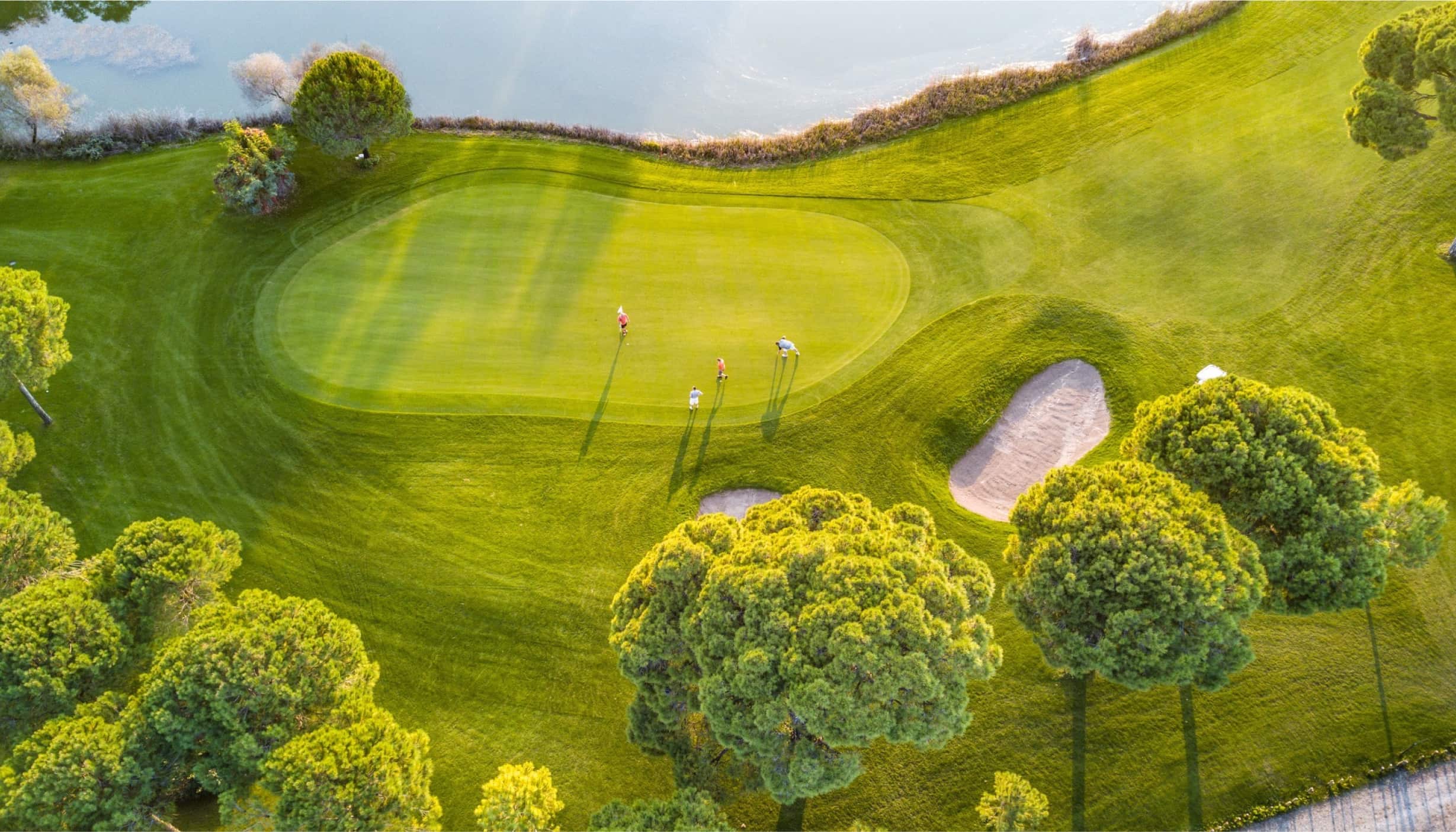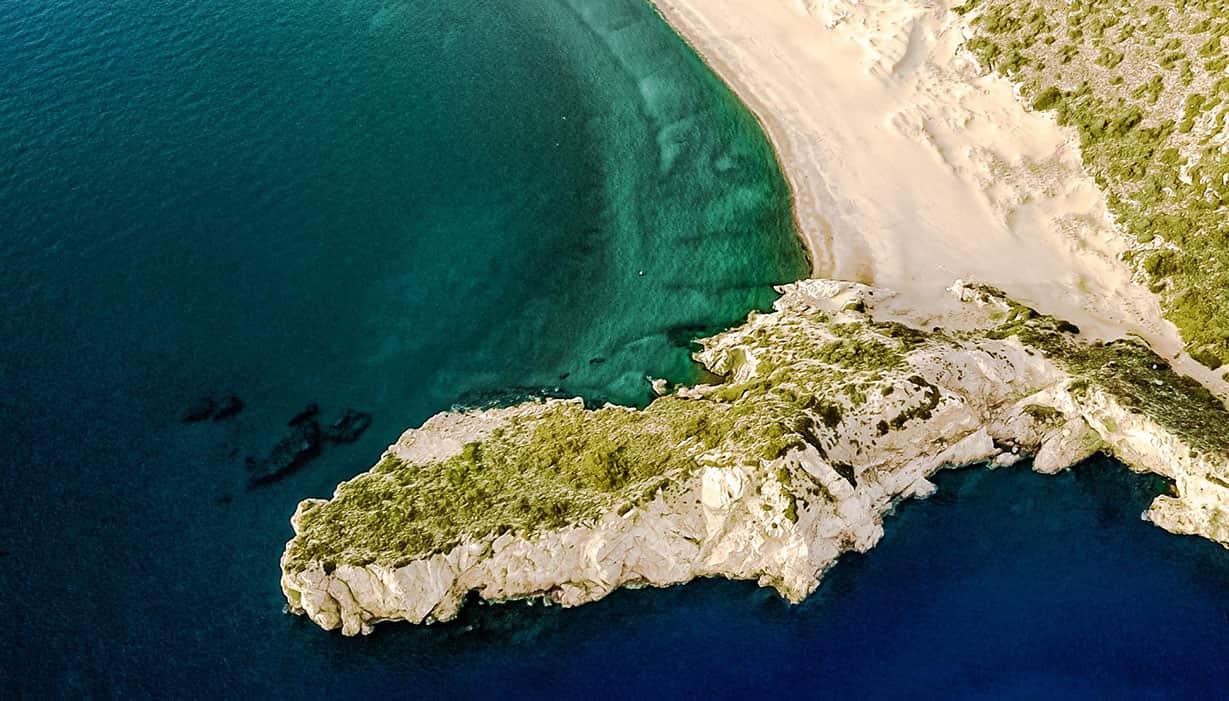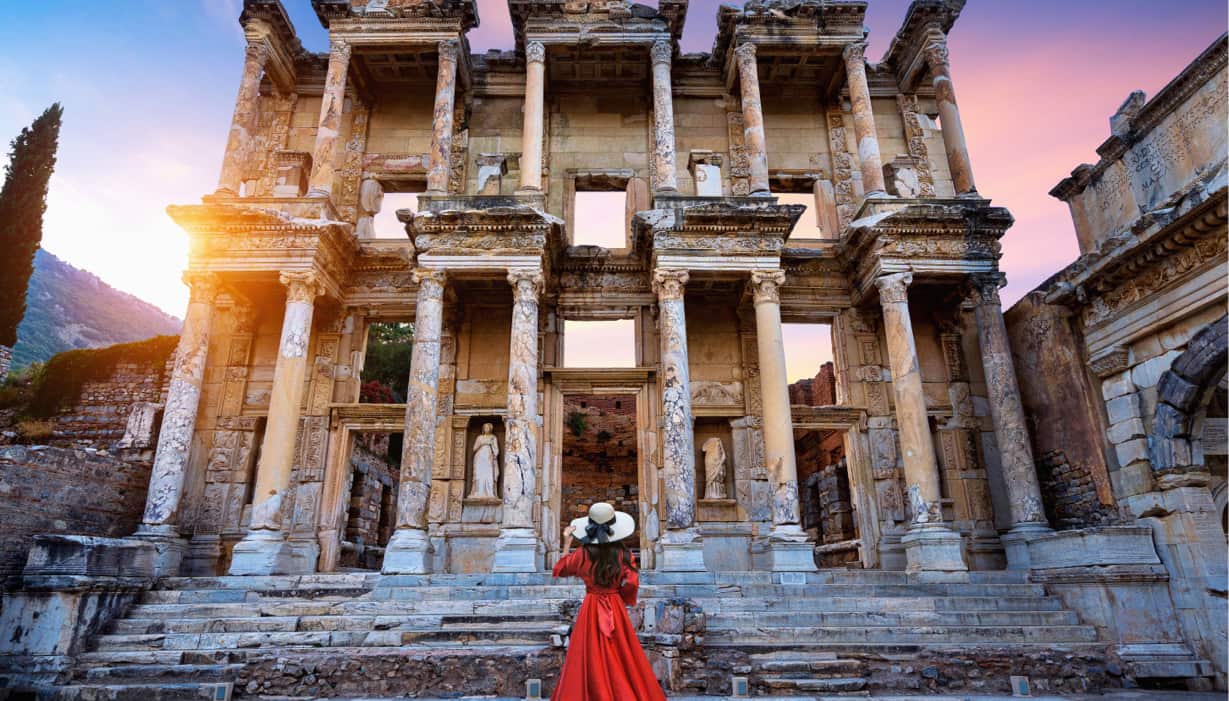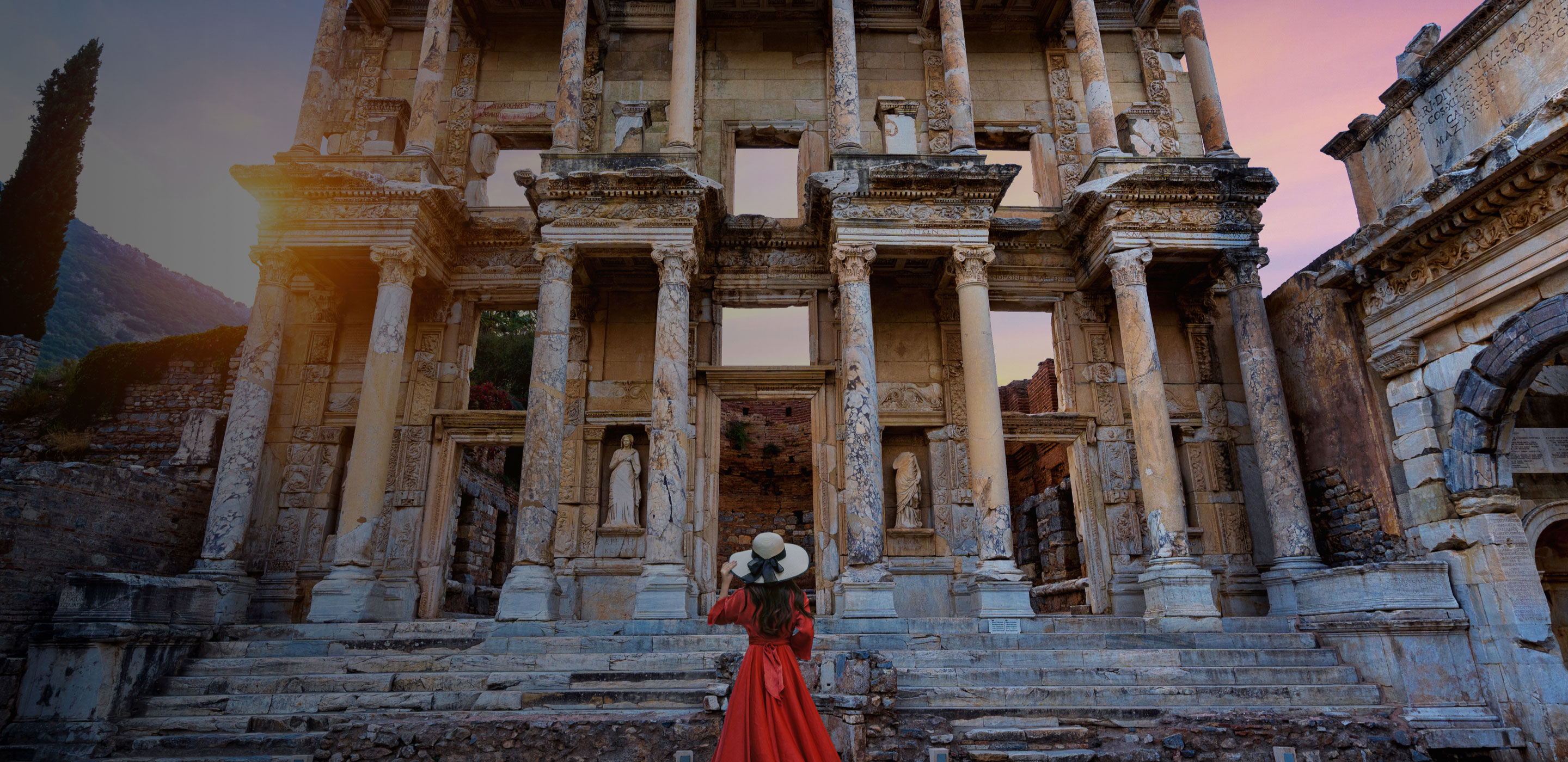
The sunken cities, ancient ruins, and megalithic structures of Türkiye
Home to 12,000-year-old Neolithic pillars, colossal Hellenistic statues, and rock-cut portraits of Hittite gods and goddesses, Türkiye is a melting pot of different cultures. Evocative places of power and wealth, myth and legend make it one of the most intriguing destinations for curious travelers hoping to embark on a journey through time.
A window to the past
Sitting within the Anatolian peninsula between two continents, a geography that was the source of Mesopotamia or “the birthplace of civilization”, Türkiye is grounded in millennia of rich and unique history. From the Hittites (1650-1200 BCE) to the Lycians (1250-546 BCE), Eastern Romans (Byzantium) (330-1453 AD) to the Ottomans (1299-1922 AD), it has witnessed the rise and fall of great empires, each one leaving behind clues to what life was like in ancient times.
Today, unearthed cities, grand amphitheaters, and rock-cut tombs are scattered across the country, reminding people of the story of their ancestors. So far, 19 of these historic landmarks have been recognized by the UNESCO World Heritage Convention and 84 remain to be reviewed.
Explore the historical heritage of Türkiye, and the sites that make it one of the best archaeological wonders in the world.
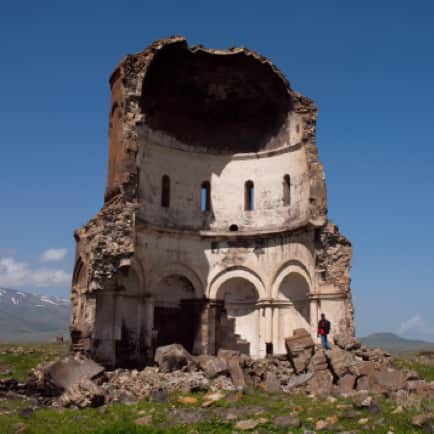
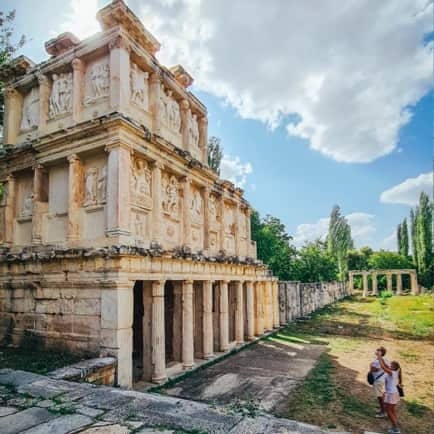
Aphrodisias Archaeological Site and Museum
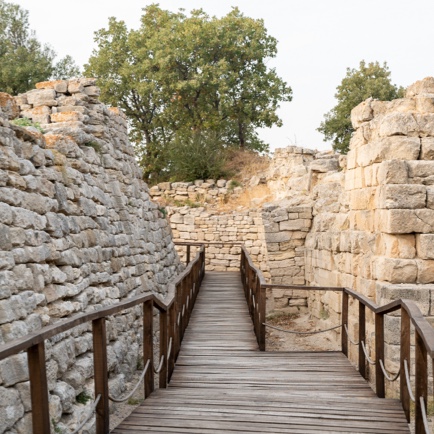
Archaeological Site of Troia
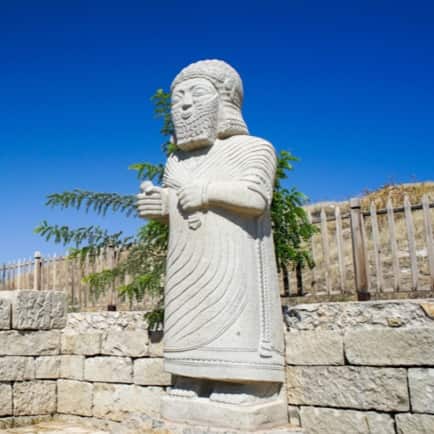
Arslantepe Mound
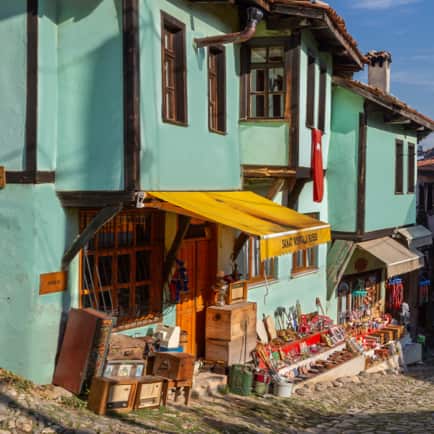
Bursa and Cumalıkızık
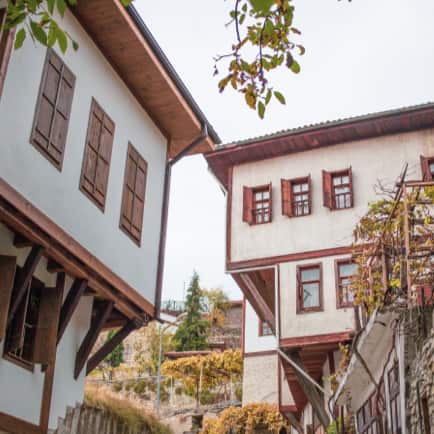
City of Safranbolu
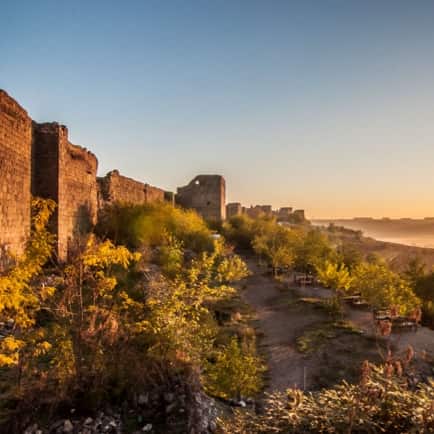
Diyarbakır Fortress and Hevsel Gardens Cultural Landscape
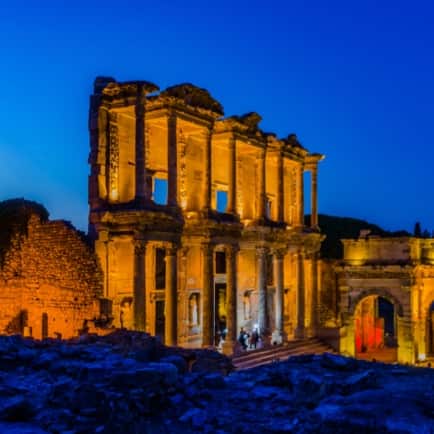
Ephesus
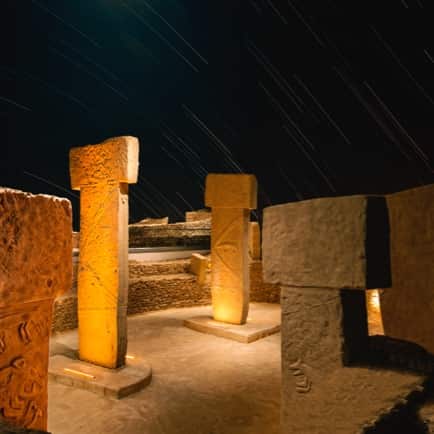
Göbeklitepe
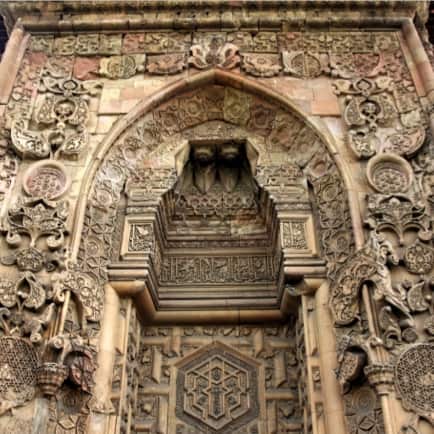
Great Mosque and Hospital of Divriği
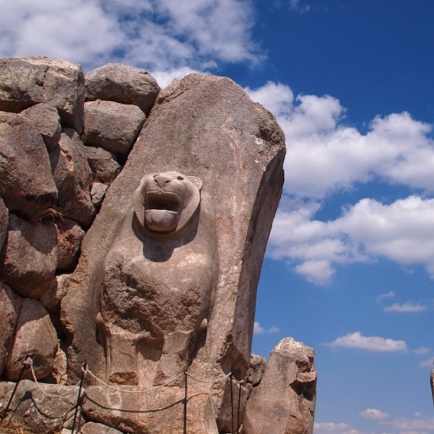
Hattusha: The Hittite Capital
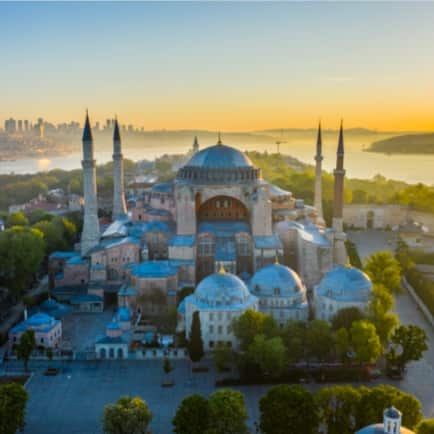
Historic Areas of İstanbul
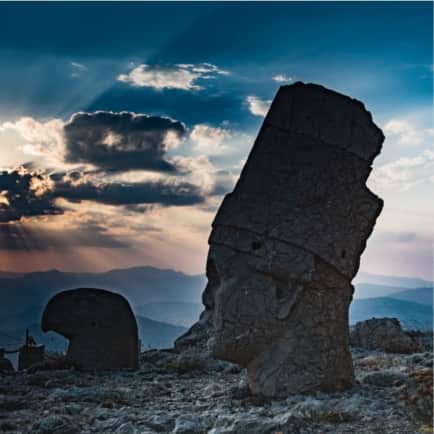
Nemrut Dağ
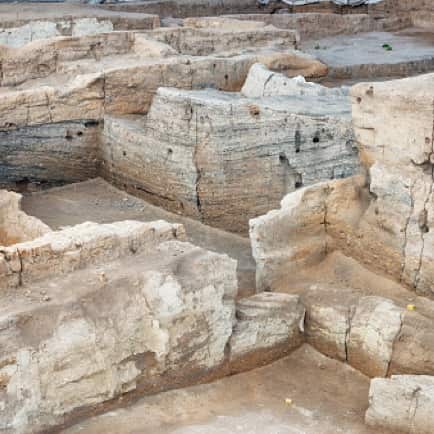
Neolithic Site of Çatalhöyük
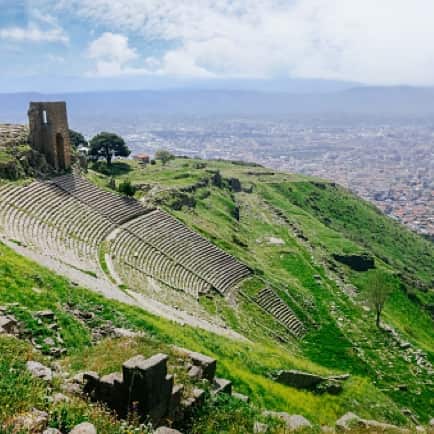
Pergamum
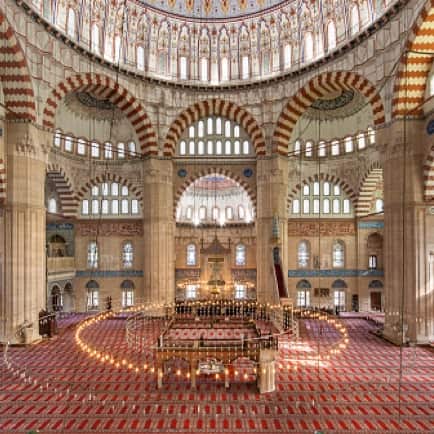
Selimiye Mosque and its Social Complex
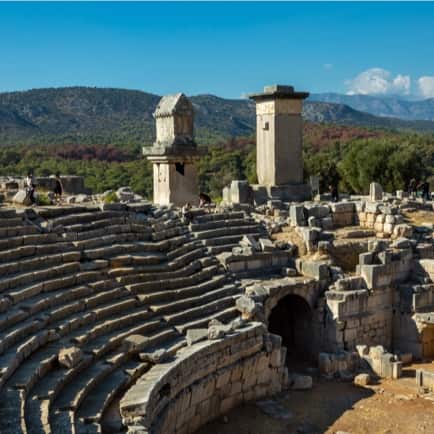
Xanthos-Letoon

Göreme National Park and the Rock Sites of Cappadocia

Hierapolis-Pamukkale

Archaeological Site of Ani

Aphrodisias Archaeological Site and Museum

Archaeological Site of Troia

Arslantepe Mound

Bursa and Cumalıkızık

City of Safranbolu

Diyarbakır Fortress and Hevsel Gardens Cultural Landscape

Ephesus

Göbeklitepe

Great Mosque and Hospital of Divriği

Hattusha: The Hittite Capital

Historic Areas of İstanbul

Nemrut Dağı

Neolithic Site of Çatalhöyük

Pergamum

Selimiye Mosque and its Social Complex

Xanthos-Letoon

Göreme National Park and the Rock Sites of Cappadocia

Hierapolis-Pamukkale
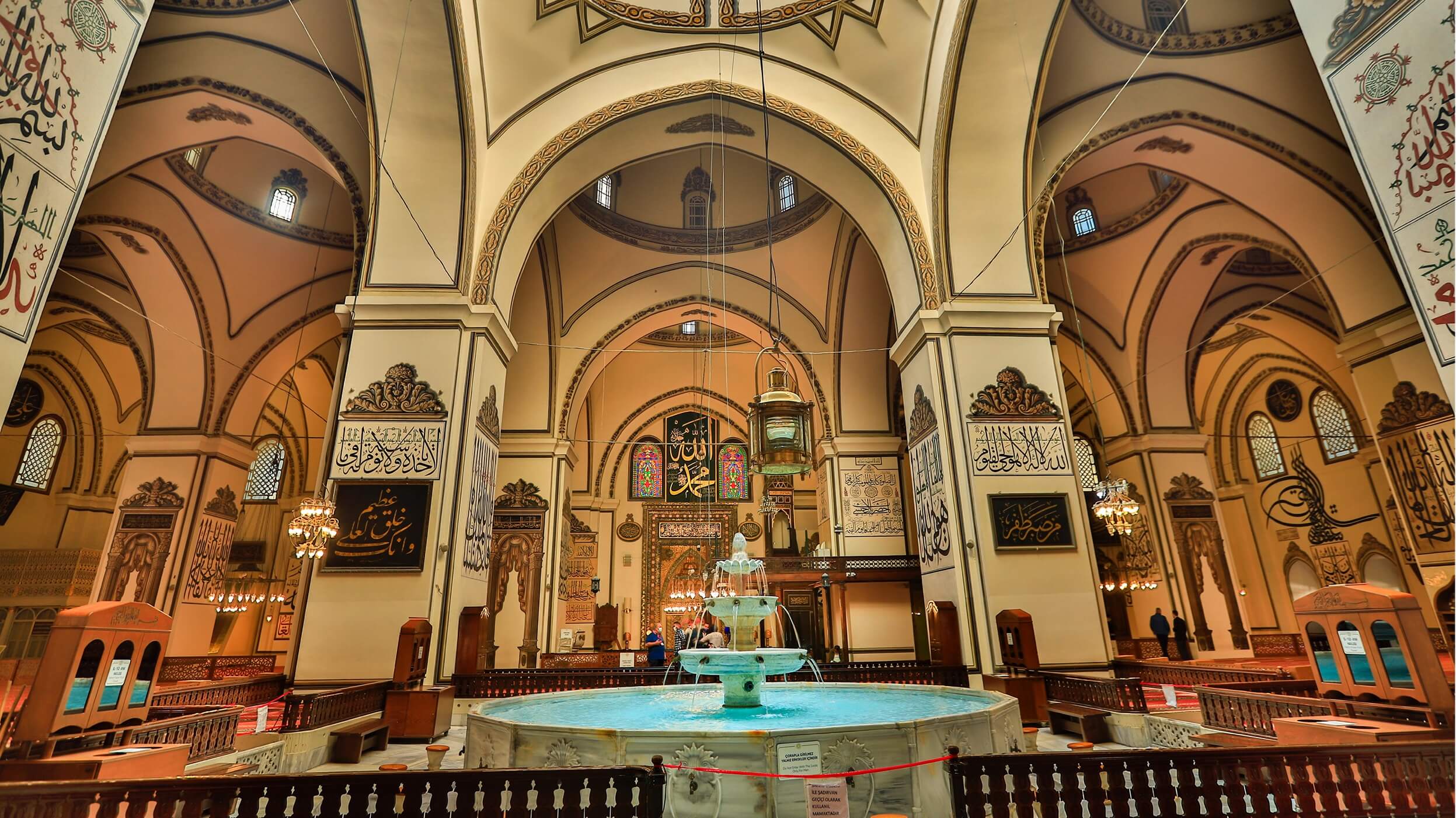
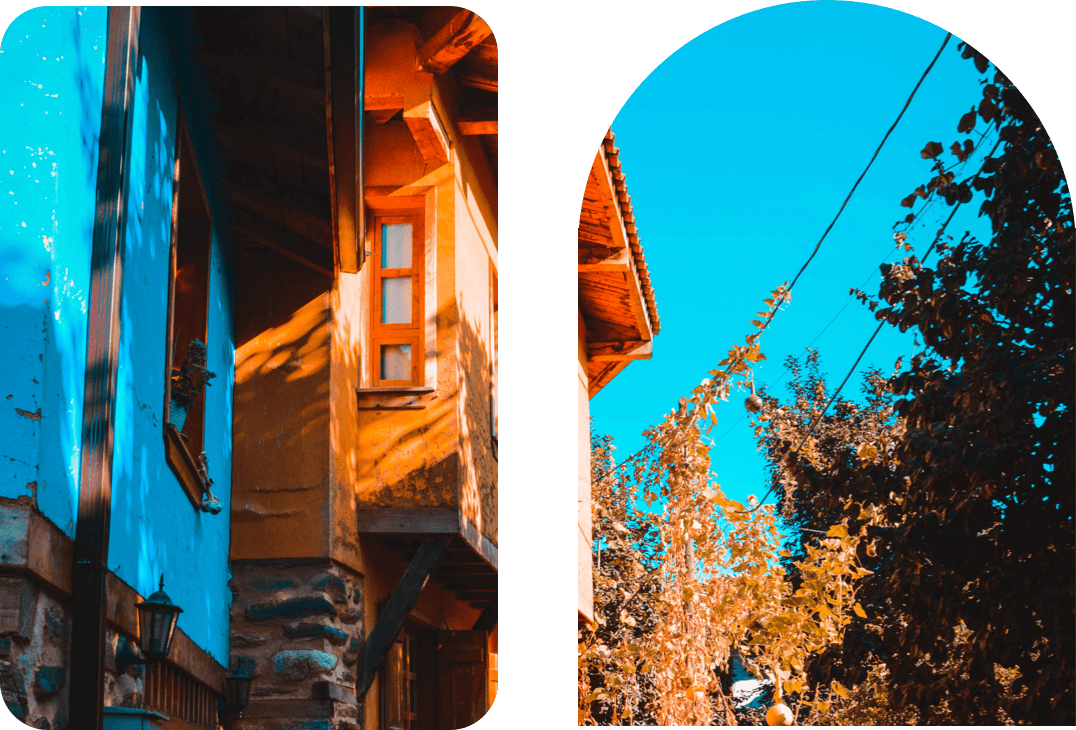
With its towering pillars and blue-topped domes, Ulu Cami is Bursa’s most prominent landmark and an example of typical early Ottoman architecture. A popular tourist destination, it is not only recognized as a place of worship but as an unofficial “calligraphy museum” due to the 192 calligraphy works that adorn its walls.
Bursa: The birth of an empire
Start your journey in the north-western city of Bursa, a 2-hour drive from Türkiye’s main international airport in İstanbul. Comprised of eight components, this UNESCO site is considered the birth of the Ottoman Empire and the Sultan’s seat in the 14th century. It is also associated with the creation of the urban and rural system that would go on to inspire future Ottoman cities.
As the capital of the Ottoman Empire between 1335-1363, the city is still home to several public kulliyes (institutions), which include madrasas (schools), hammams (Turkish baths), imarets (public kitchens), and mosques – the most renowned of which is the Grand Mosque of Bursa, Ulu Cami.
With its towering pillars and blue-topped domes, Ulu Cami is Bursa’s most prominent landmark and an example of typical early Ottoman architecture. A popular tourist destination, it is not only recognized as a place of worship but as an unofficial “calligraphy museum” due to the 192 calligraphy works that adorn its walls.
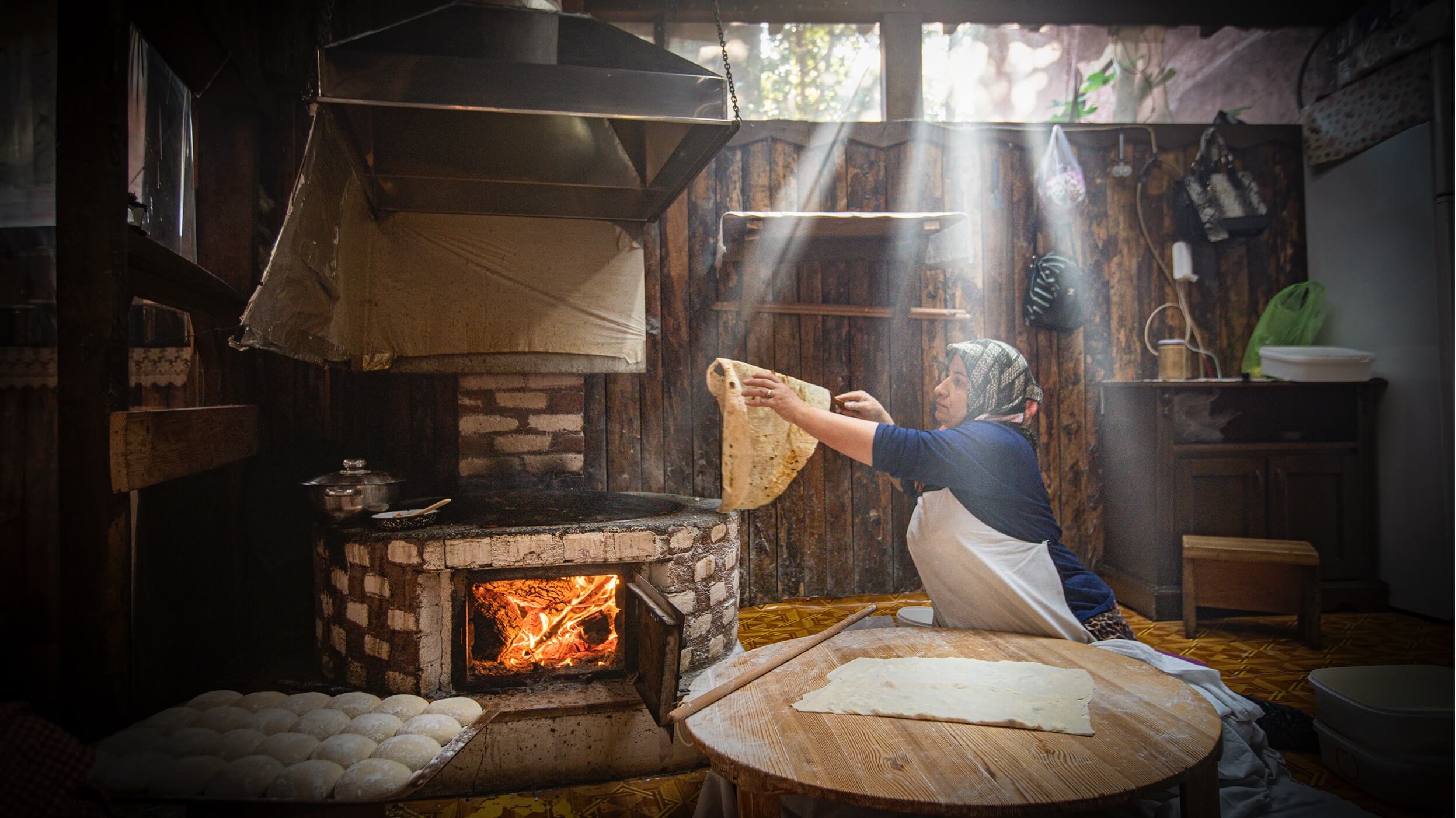
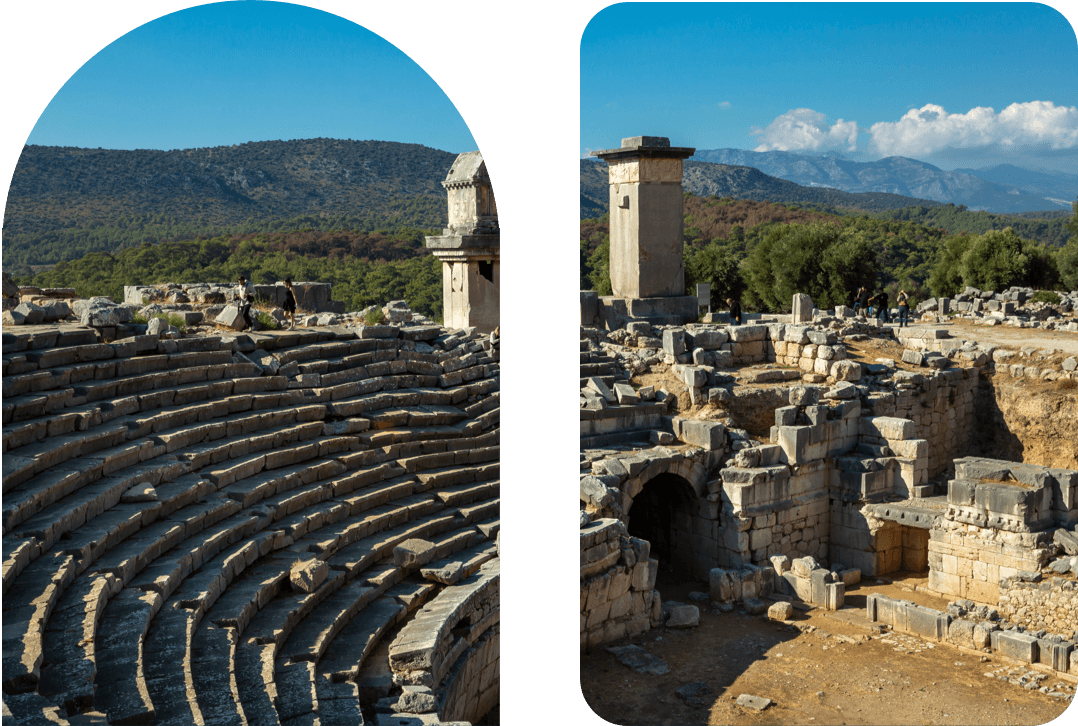
In Xanthos, take in the remains of the central Acropolis before retracing the steps of Lycians in the old theater. While, in Letoon, follow the ancient path around three temples dedicated to Leto, Artemis, and Apollo to find your way to the ruins of a nymphaeum (shrine to the nymphs) and sacred spring.
Xanthos-Letoon: Remains of an ancient way of life
A domestic flight from İstanbul Airport will have you in Dalaman in just over an hour. From there, you can take a scenic 90-minute coastal drive to the archaeological complex of Xanthos-Letoon, soaking in the dramatic mountain views and electric blue waters as you go.
Made up of two neighboring settlements, Xanthos-Letoon bears testimony to ancient Lycian civilization, which was one of the most important cultures of the Iron Age in Anatolia. Through the longest Lycian inscription and the various examples of Lycian monumental funerary art, you can gain an insight into the lifestyle and language of people who roamed the land over 3,000 years ago.
In Xanthos, take in the remains of the central Acropolis before retracing the steps of Lycians in the old theater. While, in Letoon, follow the ancient path around three temples dedicated to Leto, Artemis, and Apollo to find your way to the ruins of a nymphaeum (shrine to the nymphs) and sacred spring.
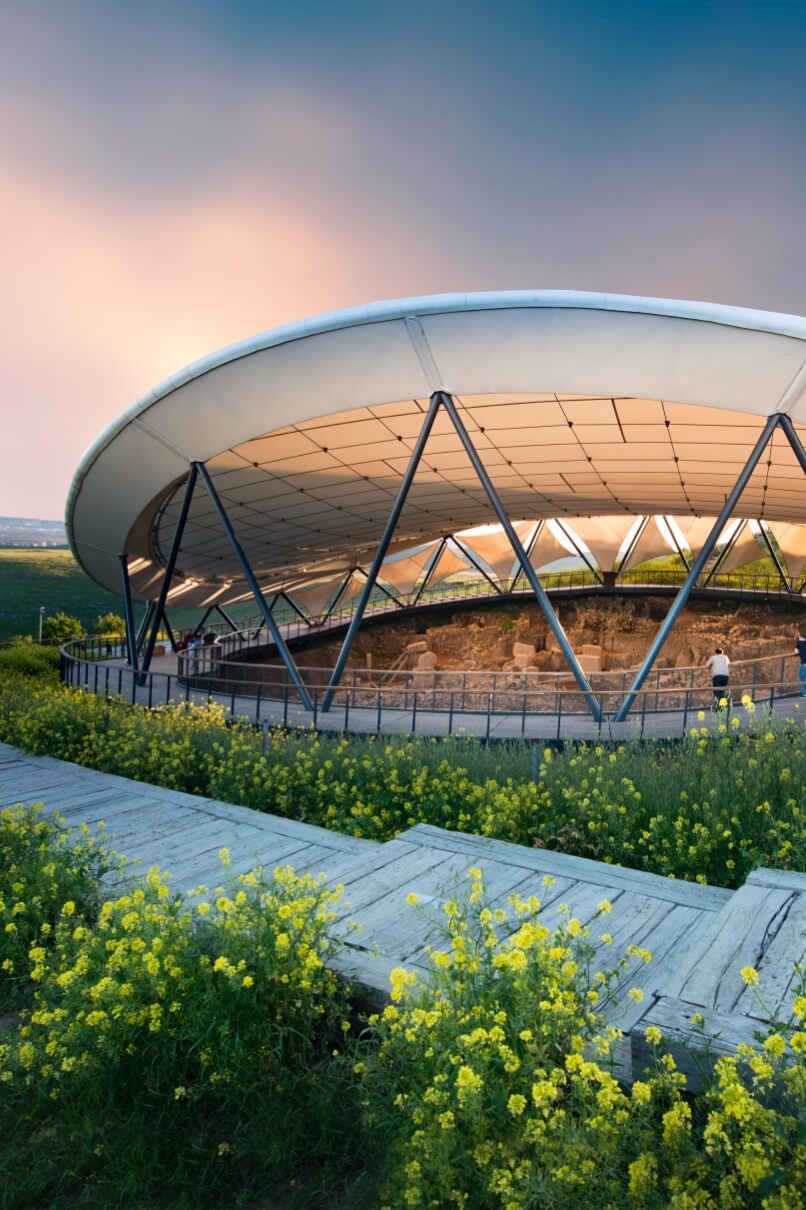
And they are continuing to tell a new story almost every day. Newly found inscriptions are painting a clearer picture of what life was like for these early settlers, from the rituals they practiced to the land they cultivated. Visit from 10 am until 6 pm in the summer months (April-October) and until 4 pm in the winter (October-April)
GÖBEKLİTEPE: Human history rewritten
Fly 90 minutes direct from İstanbul to GAP Şanlıurfa Airport in south-eastern Türkiye and head to the upper Harran plateau, where you will find the earliest example of human settlement. Named Göbeklitepe, archaeologists have traced this site back to some 12,000 years ago, making it older than Stonehenge by 6,000 years, and predating the Pyramids of Giza by 7,000 years.
At first sight, Göbeklitepe may look like a series of T-shaped pillars carved into the mountainside, but these megalithic structures represent a paradigm shift in our understanding of human history and societal development. Thought to have been erected by hunter-gatherers in the Pre-Pottery Neolithic Age (10000-7000 BCE), they are a telltale sign of the most ancient farming communities in the world.
And they are continuing to tell a new story almost every day. Newly found inscriptions are painting a clearer picture of what life was like for these early settlers, from the rituals they practiced to the land they cultivated. Visit from 10 am until 6 pm in the summer months (April-October) and until 4 pm in the winter (October-April).
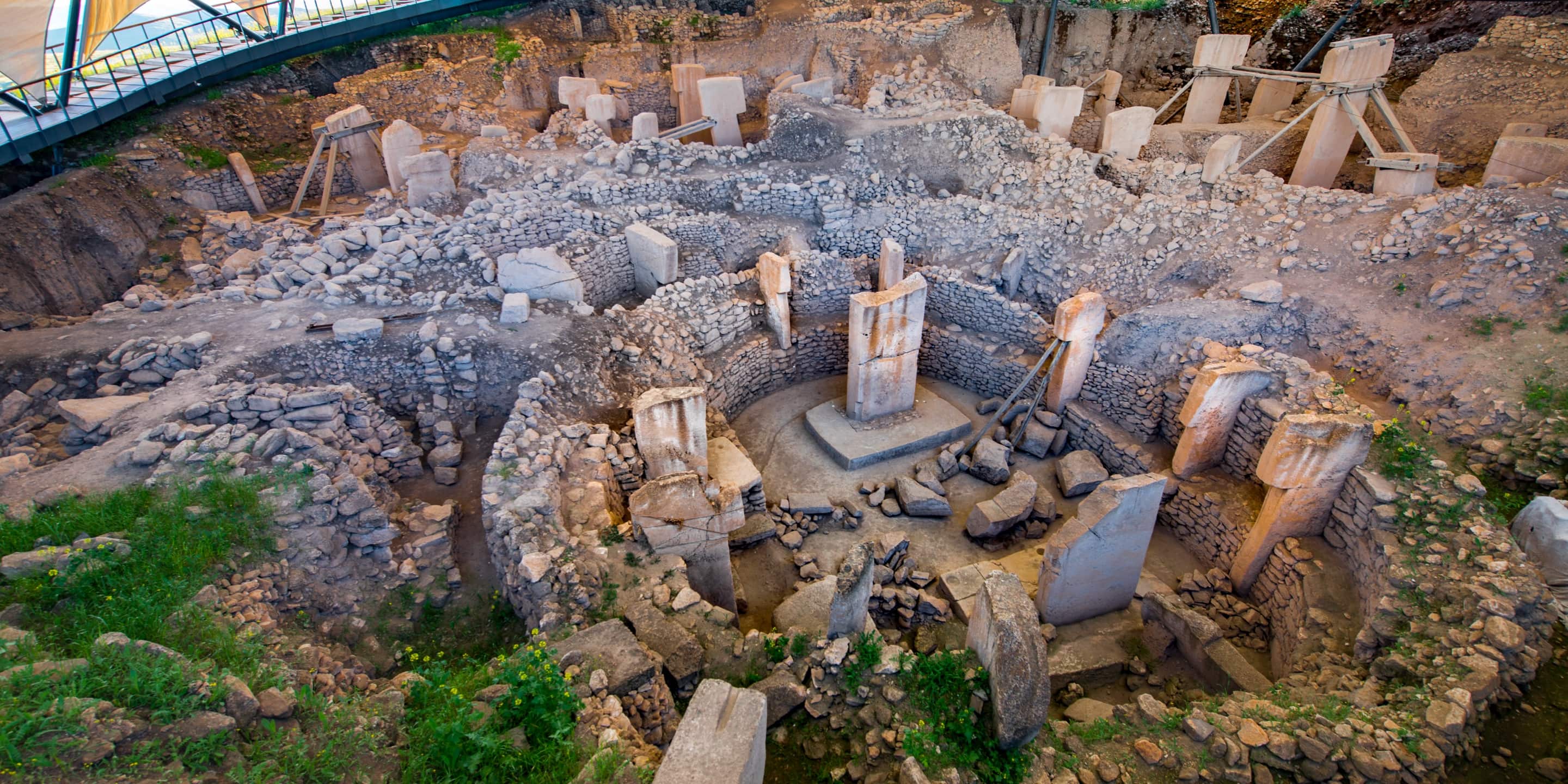
Türkiye has earned its reputation as the “cradle of civilizations”. With its prehistoric ruins and ancient cities, every corner of this land is a reminder of the great empires that once ruled. Recognized for their outstanding value to humanity by the UNESCO World Heritage Convention, these landmarks will continue to be explored, and their legacies celebrated, for years to come.
